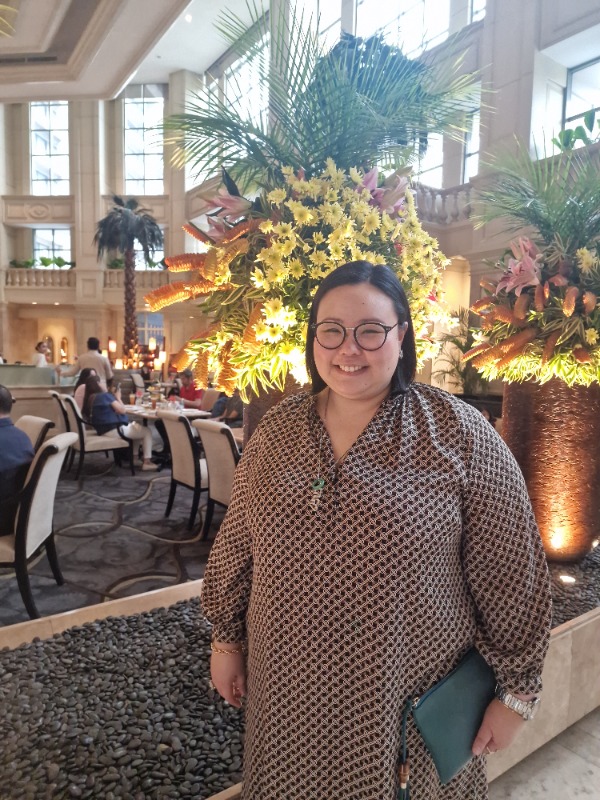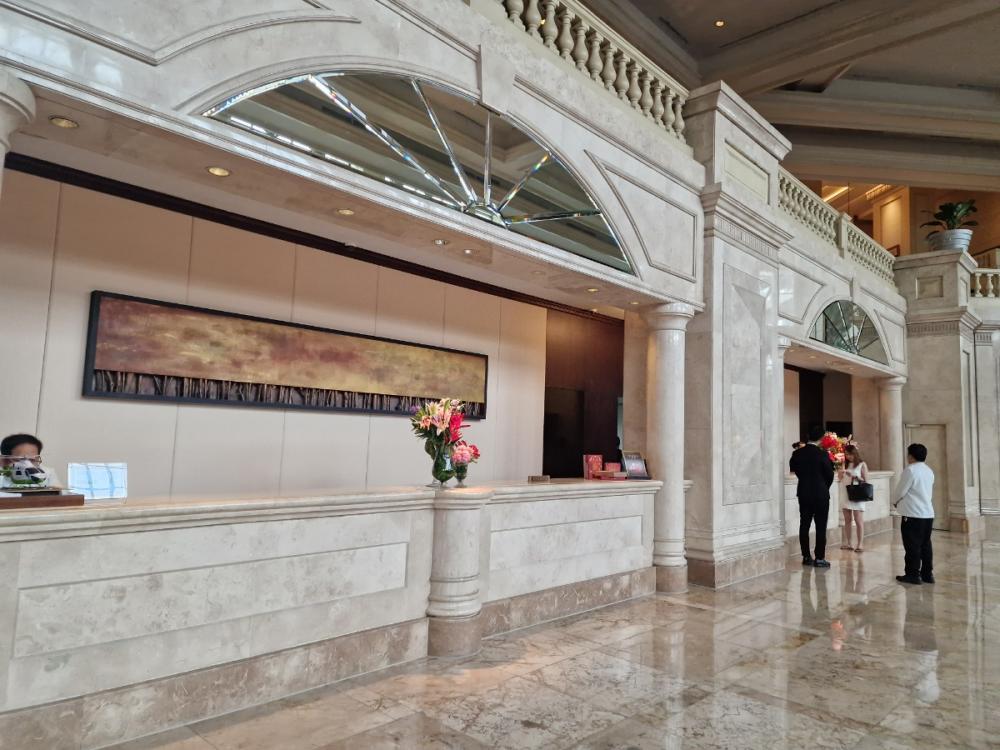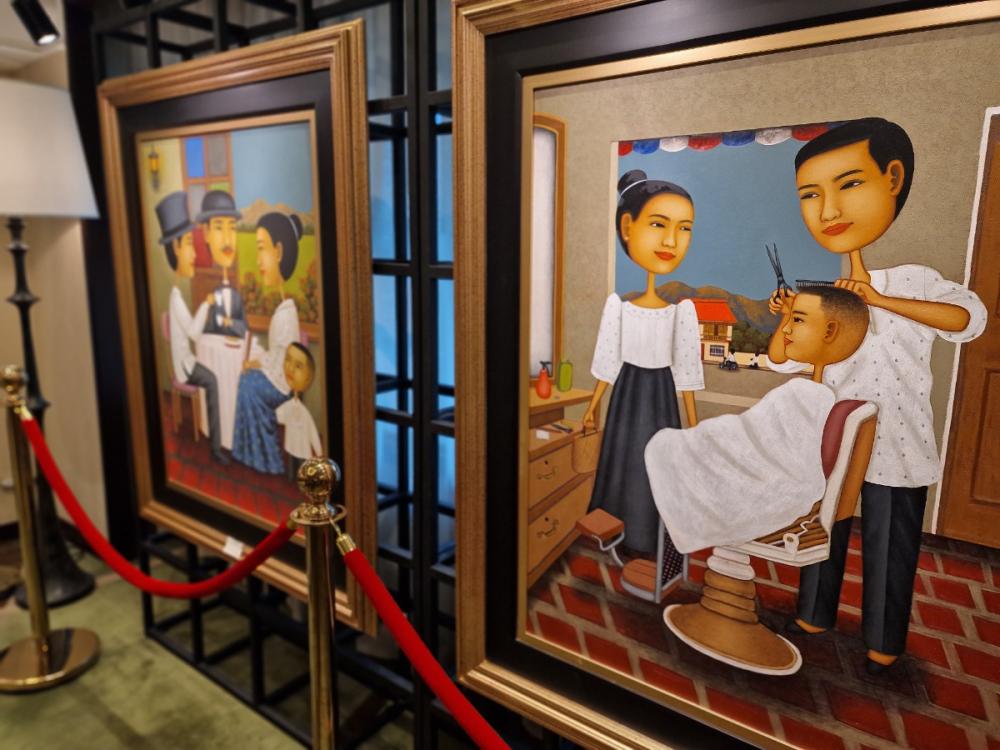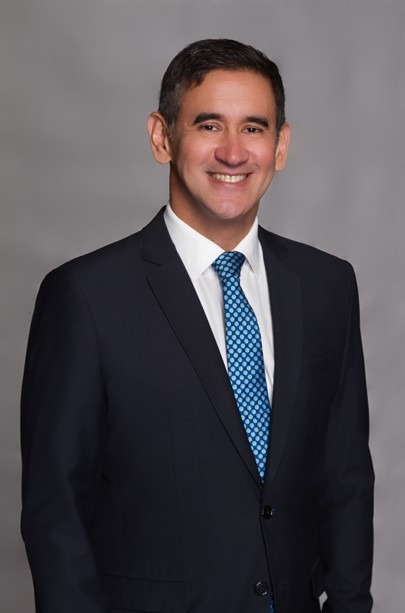search
date/time
 | Yorkshire Times A Voice of the Free Press |

Phil Hopkins
Commissioning Editor
@philhopkinsuk
12:11 AM 13th September 2025
travel
When Tanks Rolled Into The Peninsula Manila’s Lobby
.jpg)
It not only has six stunning restaurants – not something that any self-respecting property would offer up as entirely ‘unique’ – but how many of its five-star rivals can claim to have been at the centre of two political coups takes the conversation to a new level.

Hotel Brand Comms Manager, Grace Milliscen L. Lim
A grinning Mariano was sitting next to his colleague as she recounted her story to me over a cup of coffee.
They have nearly half a century of combined service, between them, at the Peninsula Manila, ironically, as the 351-bed hotel, headed up by Managing Director, Kevin Tsang, prepares to celebrate its 50th birthday next year.
But it was hard to talk food, bedrooms and the wider hotel offer until we had put ticks against 1979 and 2007.
The opulent lobby and world-class service may now be the hotel’s defining characteristics, however, the property’s story is inextricably linked with two significant military coups, making it a reluctant yet iconic backdrop for the nation's tumultuous political landscape.
.jpg)
The hotel's lobby, scene of two military coups
In a period of martial law, a group of dissident military officers and their civilian allies, decided it was time for regime change. Their plan was audacious: to take over a key establishment and use it as a base to broadcast their demands and rally public support against the Marcos regime.
.jpg)

Bullet holes in reception.
.jpg)
Three decades later and it was a case of Déjà vu when what is now known as the ‘Manila Peninsula siege,’ took place on November 29, 2007.
In a stunning display of defiance, Senator Antonio Trillanes IV and Brigadier General Danilo Lim, along with dozens of other soldiers, walked out of a courtroom and marched to The Peninsula Manila.
They were joined by a small group of civilian supporters, including former Vice President Teofisto Guingona, Jr., in a call for political change.

Artist Dominic Rubio. An unlikely 'gallery' resident
Journalists, guests, and hotel staff were caught in the crossfire, as the rebels used the media to articulate their grievances and demand a "new government."
However, the government issued a deadline for the rebels to surrender, but as it passed, the situation escalated and armoured personnel carriers, a powerful symbol of state authority, were brought in, dramatically ramming through the hotel's glass doors. Tear gas followed and, eventually, the standoff was brought to a close.
“We still have team members who remember the whole thing,” adds Mariano. “One of our staff is now in her 80’s, working just one day a week. She started at the hotel before it had even officially opened.”
Nowadays the political climate is more stable and life at the Peninsula Manila is, by most standards, routine!
Its diverse and luxurious selection of eating outlets, each with its own distinct ambiance and culinary focus, provide enough excitement for visitors without the need for men in military uniforms!
However, the iconic Lobby, with its soaring ceilings, grand staircase and live music, undoubtedly remains the property’s grandest architectural statement.
And such is its scale and size that each year it even plays host to the Philippine Philharmonic Orchestra’s annual concert for up to 800 guests.

Hotel PR Director Mariano B. Garchitorena
And the hotel has played host to some of history’s most famous politicians, Royalty and celebrities from Margaret Thatcher to President Nixon.
“If they’re still alive we tend to observe ultimate discretion,” says Mariano coyly, respectfully declining to name the ‘living’!
The Lobby is also famous for its spectacular afternoon tea service, which includes a selection of fine teas, sandwiches, pastries and international comfort food, including popular Filipino dishes like the award-winning "Halo-Halo Harana," a classic Filipino dessert.
However, just across at Old Manila Restaurant, guests can sample modern French fine dining and enjoy an intimate culinary experience including Gallic dishes with a modern twist, that invariably feature high-quality local ingredients, all washed down with a glass of vino!
.jpg)
Fine dining in OLD MANILA Restaurant
.jpg)
.jpg)
SPICES for a touch of culinary Asia
.jpg)
.jpg)
Offering bar and lounge fare, both are destinations for cocktails, fine spirits and light snacks, however, whilst The Bar offers a classic and sophisticated setting for enjoying a wide range of whiskies, gins, and signature cocktails, Salon de Ning is a little more whimsical.
Inspired by the fictional character of ‘Ning’ you will, on closer inspection, also find King Kong pawing the metalwork of the building's structure as you sup some of Manila’s finest!
.jpg)
Spot King Kong in SALON DE NING's fascinating theming
.jpg)
And he is right of course for no matter how much money Filipinos have ‘value’ is still a word that they hold dear to their hearts and the Peninsula Manila’s all you can eat option does not disappoint!
But it comes with a touch of class.
.jpg)
ESCOLTA for self-service: one helluva classy all you can eat!
With rooms to die for, service from another era – not dissimilar to the type I experienced in another former ‘Colonial’ setting – Sri Lanka - The Peninsula Manila, part of the Peninsula Hotels Group, which was established in 1928, is up there with the best.
It has 11 sister properties including the flagship in Hong Kong, plus Shanghai, Beijing, Tokyo, New York, Chicago, Beverly Hills, London, Paris, Istanbul and Bangkok.
But, with the best will in the world, the Peninsula Manila still has bullet holes in its reception facade, and that’s a USP that takes some matching by any Pretender seeking to occupy the hospitality throne!
https://www.peninsula.com/
Rooms start at £280 per night